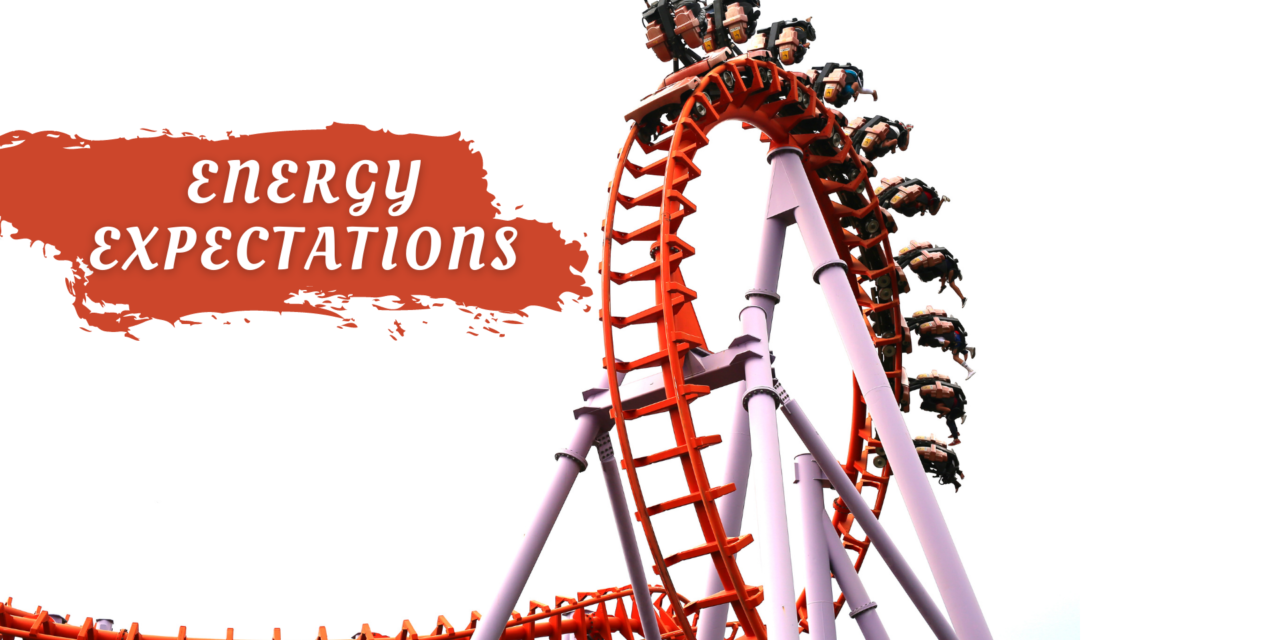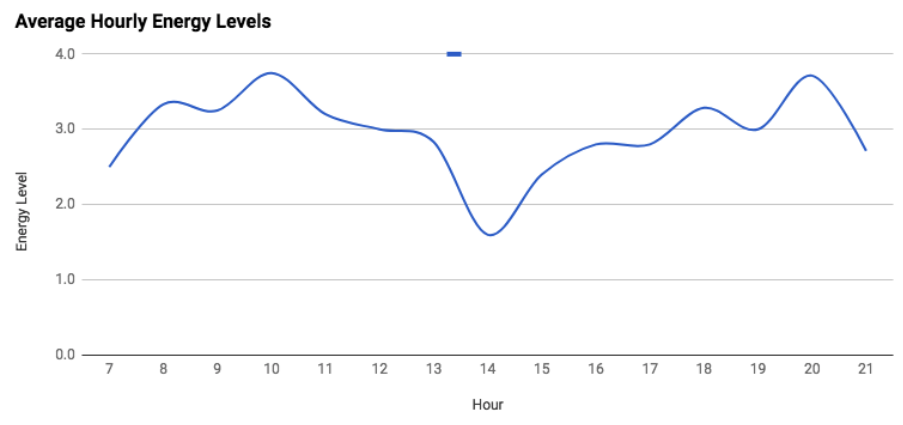Imagine
You’re on a rollercoaster. The ride lasts for a solid, scary, 30 seconds. During that time, you go up, down, upside down, and in a multitude of other directions and speeds. Some parts are slow while others are fast- sometimes you’re climbing and other times you’re heading straight down. But no matter what; the ride only lasts 30 seconds.
In this example, the ride’s duration is our time and the velocity is our energy.
Time vs. Energy
You see, time is a static unit of measurement; every hour that passes lasts the same length of time. It doesn’t shift or alter. What is not static, however, is our energy. Our daily energy changes rapidly, surging up or down and changing by the hour. Our energy levels directly affect our productivity and the work that we do.
Energy
Energy is based on many things; diet, exercise, and sleep are some of the primary factors. Healthy habits in these areas will directly improve the amount and quality of one’s own energy. This part is obvious: if you sleep, eat, and exercise better, you will feel and perform better.
If this is obvious, then why do we still fail at managing our energy expectations?
“Energy expectations” is more than my appreciation for alliteration- it is one of the most important (and overlooked) factors to consider when scheduling yourself.
Imagine
You’re planning on working on late assignments all day tomorrow – a nonstop productivity sprint. The 1st few hours go well- assignments are easy and you wonder how it ever got this bad to begin with.
By the 5th hour, however, you feel exhausted. You’re mentally drained, your textbook paragraphs blur together, and your problem-solving and creativity skills feel at an all-time low- but there are still assignments to be done. The plan was to do them all today and you’re only halfway done and have no more energy to spare.
This is a result of poor energy expectations.

Fluctuation
As we go about our days, making decisions and devoting our energy towards a multitude of different scenarios and tasks, our energy levels fluctuate. They don’t just deplete, however.
Pictured is a chart from Greg Faxon– detailing his average experience with hourly energy levels. You can see that although the levels dip around the 14th hour, they start to rise afterward. Just as a roller coast rises and drops- so does our energy.
Takeaway
It’s easy to think that our energy is infinite and can be supplemented by willpower alone – but once the motivation wears out and the time adds up, we’re typically left feeling tired and disappointed.
We should seek to understand our energy levels and set realistic expectations. It’s important to find the balance between work and rest in order to maximize productivity and avoid burnout. Managing our energy expectations is crucial.
Our body is a tool. Just as we seek to learn more about the capabilities and limits of our favorite equipment, we should certainly seek to understand our personal ones as well.
Recommendations
If you’re interested in the idea of energy management and how to apply it to your life, I would highly recommend productivity/minimalism filmmaker Matt D’Avella’s video on it. He goes in-depth on some of the visualizations mentioned in this article and provides really useful tips that you can start applying today.
Greg Faxon’s graph and related article can be found here.






